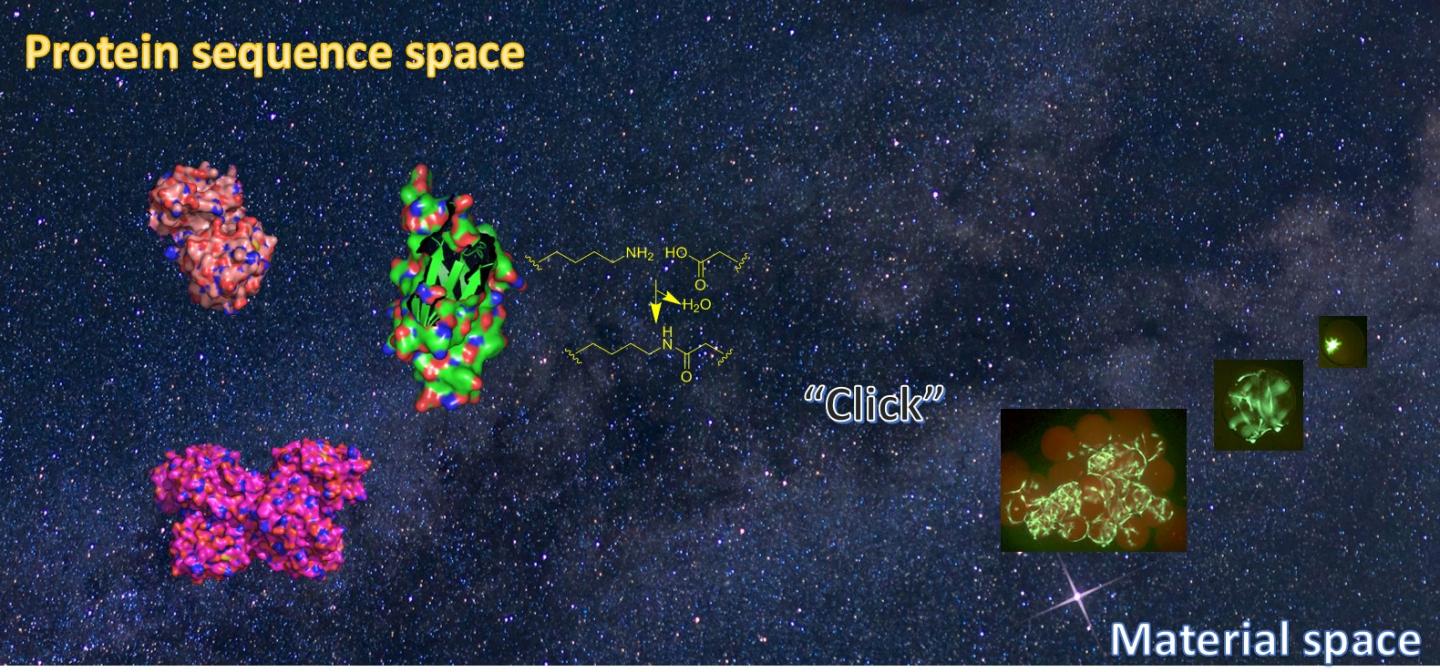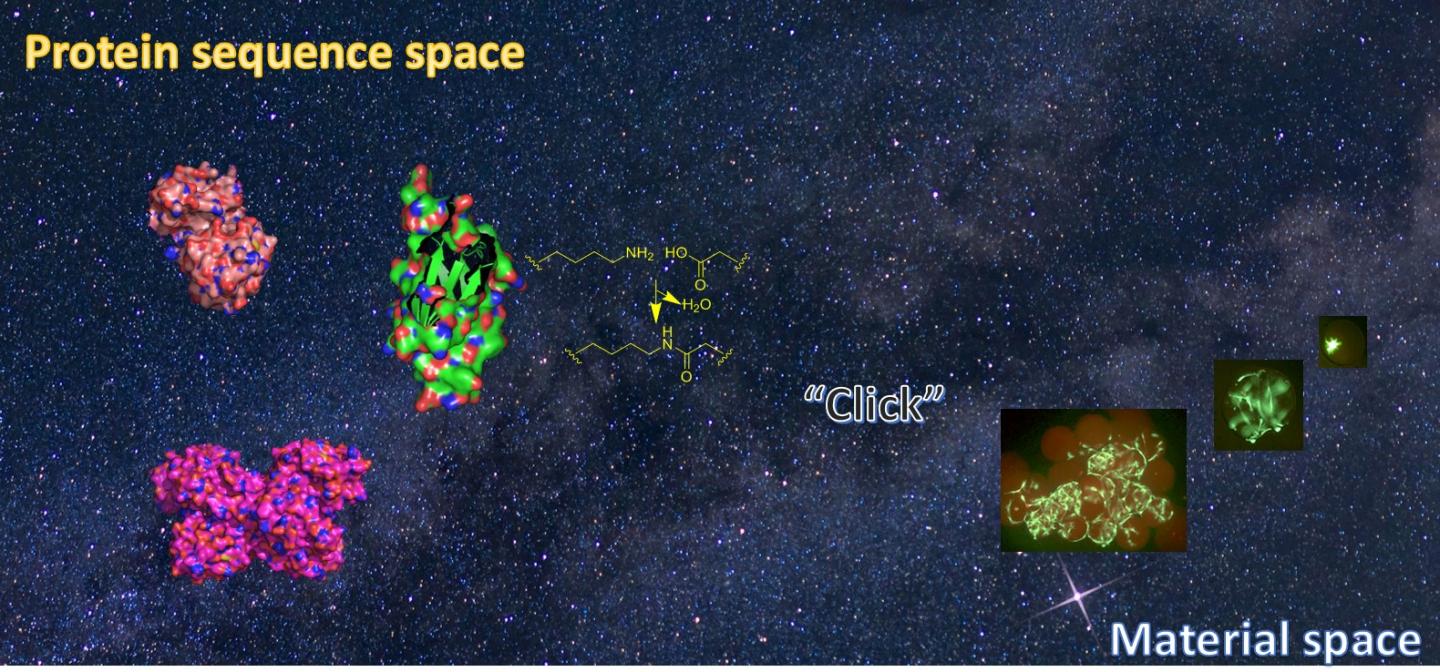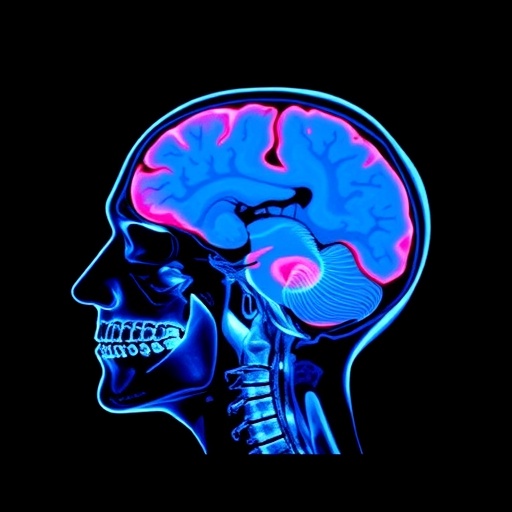
Credit: Department of Chemical and Biological Engineering, HKUST
Hydrogels, noted for their biomimetic properties, are the leading materials for biomedical applications, such as drug delivery and stem cell therapy. Traditional hydrogels made up of either synthetic polymers or natural biomolecules often serve as passive scaffolds for molecular or cellular species, which render these materials unable to fully recapitulate the dynamic signaling involved in biological processes, such as cell/tissue development.
Photo-responsive hydrogels are of particular interest to material scientists, because light is regarded as an ideal tool to control molecules or cell behavior with high spatiotemporal precision and little invasiveness. The major challenge for scientist is how to assemble these complex globular proteins into supramolecular architectures efficiently while preserving their function.
In a recent research, a group of scientists from The Hong Kong University of Science and Technology created a B12-dependent light-sensing hydrogel by covalently stitching together the photoreceptor C-terminal adenosylcobalamin binding domain (CarHC) proteins under mild conditions. This direct assembly of stimuli-responsive proteins into hydrogels represents a versatile solution for designing "smart" materials and opens up enormous opportunities for future material biology.
The findings were published in the journal PNAS on June 6, 2017 (doi: 10.1073/pnas.1621350114).
"In our research, we were able to create an entirely recombinant protein-based light-sensitive hydrogels by covalently assembling the CarHC photoreceptor proteins using genetically encoded SpyTag-SpyCatcher chemistry," said Fei Sun, author of the paper and assistant professor at HKUST's department of chemical and biomolecular engineering. "The AdoB12-dependent CarHC tetramerization has been shown to be essential for the formation of an elastic hydrogel in the dark, which can undergo a rapid gel-sol transition caused by light-induced CarHC disassembly."
"The resulting hydrogel composed of physically self-assembled CarHC polymers exhibited a rapid gel-sol transition on light exposure, which enabled the facile release/recovery of 3T3 fibroblasts and human mesenchymal stem cells (hMSCs) from 3D cultures while maintaining their viability." Sun added. "Given the growing demand for creating stimuli-responsive "smart" hydrogels, the direct assembly of stimuli-responsive proteins into hydrogels represents a versatile strategy for designing dynamically tunable materials."
###
Media Contact
Clare Chan
[email protected]
852-235-86306
http://www.ust.hk
Related Journal Article
http://dx.doi.org/10.1073/pnas.1621350114





